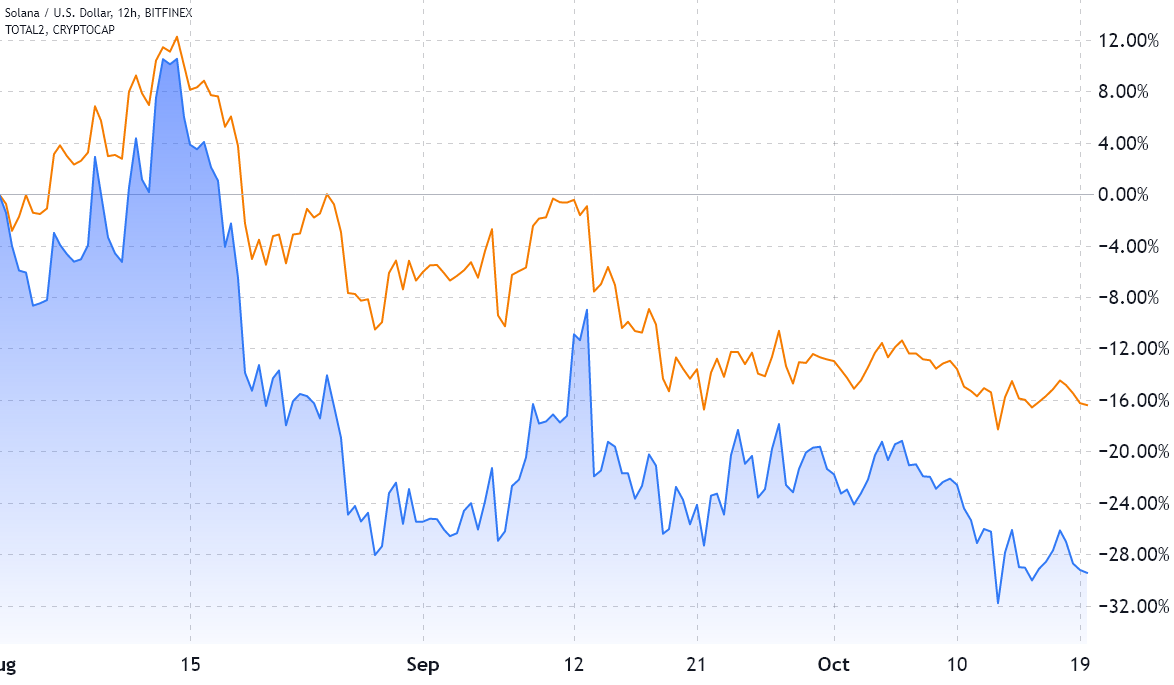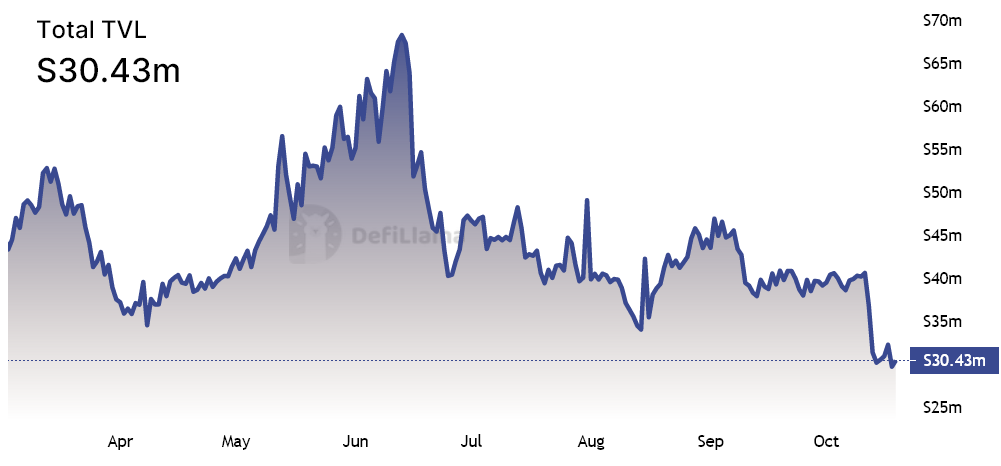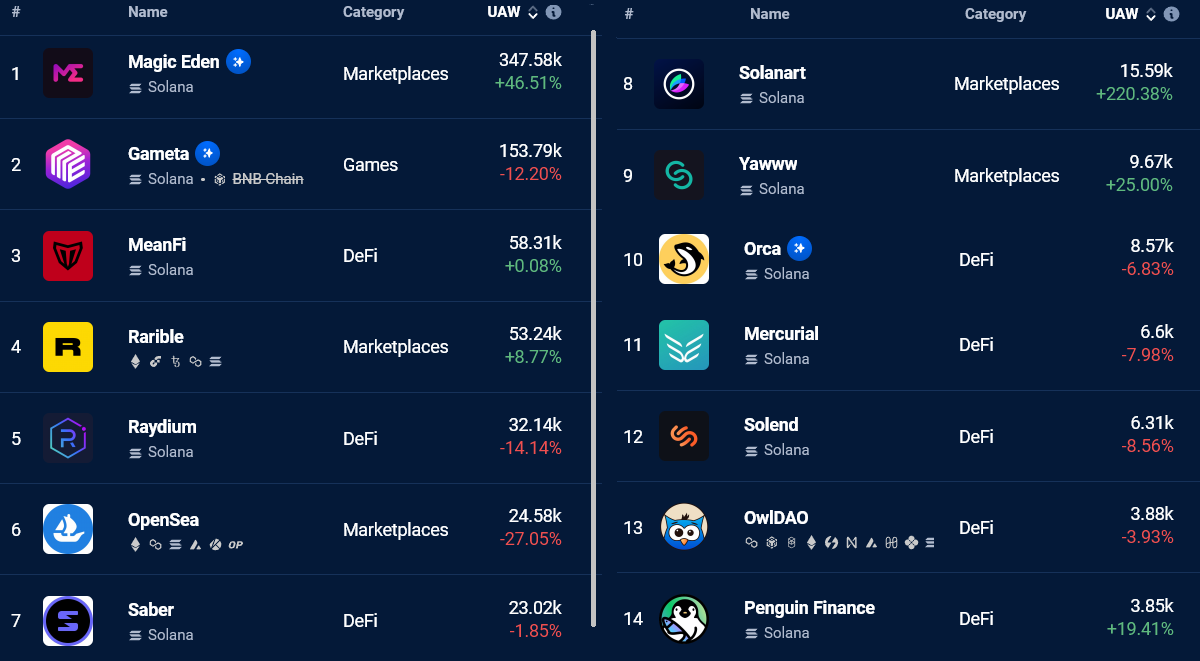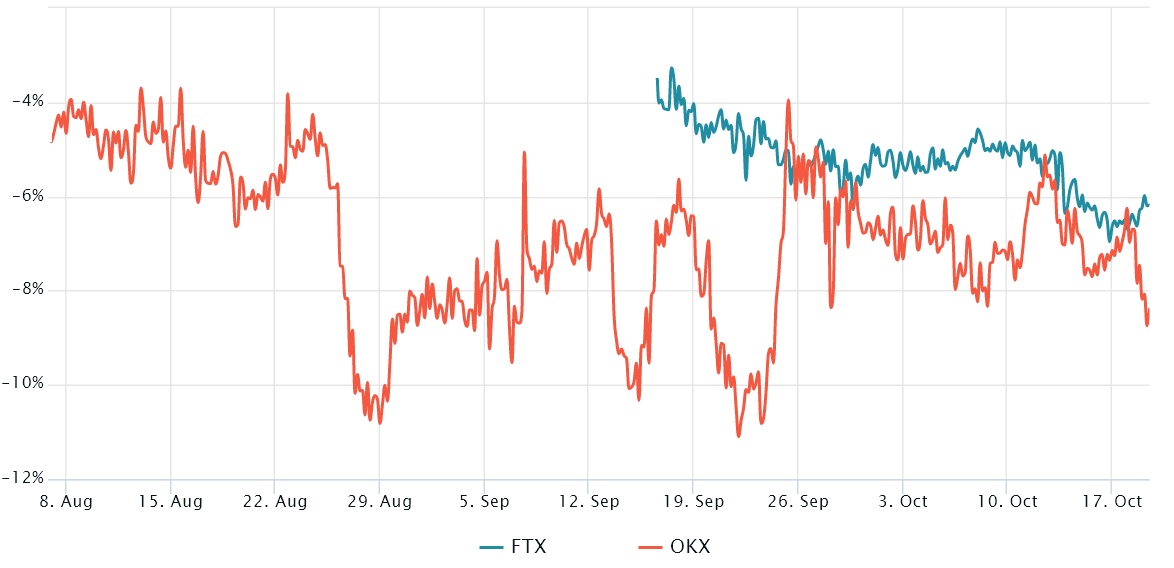The past eighty days have been moderately bearish for cryptocurrencies as the altcoin market capitalization declined by 16%. The downside movement can be partially explained by the U.S. Federal Reserve’s quantitative tightening, rising interest rates and halting of asset purchases. Although they are aimed at curbing inflationary pressure, the policy also increases the borrowing costs for consumers and businesses.
Solana’s (SOL) downfall has been even more brutal, with the altcoin facing a 29% correction since August. The smart contract network focuses on low fees and speed, but the frequent outages highlight a centralization issue.

Recently, Solana’s co-founder Anatoly Yakovenko placed his bets on Firedancer, a scaling solution developed by Jump Crypto in partnership with the Solana Foundation. Dubbed the long-term fix to the network outage problem, the mechanism should be ready for testing in the coming months.
On Oct. 11, Solana-based decentralized finance exchange Mango Markets was hit with an exploit of over $115 million. The attacker successfully manipulated the value of MNGO native token collateral, taking out “massive loans” from Mango’s treasury.
Solana’s TVL and the number of active addresses dropped
Solana’s primary decentralized application metric started to display weakness earlier in November. The network’s total value locked (TVL), which measures the amount deposited in its smart contracts, broke to its lowest level since Sept. 2021 at 30.4 million SOL.


Related: Moola Market attacker returns most of $9M looted for $500K bounty
Fixed-month contracts usually trade at a slight premium to spot markets because investors demand more money to withhold the settlement. Whenever this indicator fades or turns negative, this is an alarming, bearish red flag signaling a situation known as backwardation.

SOL will continue to underperform until it flips these metrics
It’s difficult to pinpoint the exact reason for Solana’s price drop, but it is clear that centralization issues, a decrease in the network’s DApp use and fading interest from derivatives traders certainly played a role.
Should the sentiment flip, there should be an inflow of deposits, increasing Solana’s TVL and the number of active addresses. Consequently, the above data suggest that Solana holders should not expect a price bounce anytime soon because the network health metrics remain under pressure.
The views and opinions expressed here are solely those of the author and do not necessarily reflect the views of Cointelegraph.com. Every investment and trading move involves risk, you should conduct your own research when making a decision.






Leave A Comment